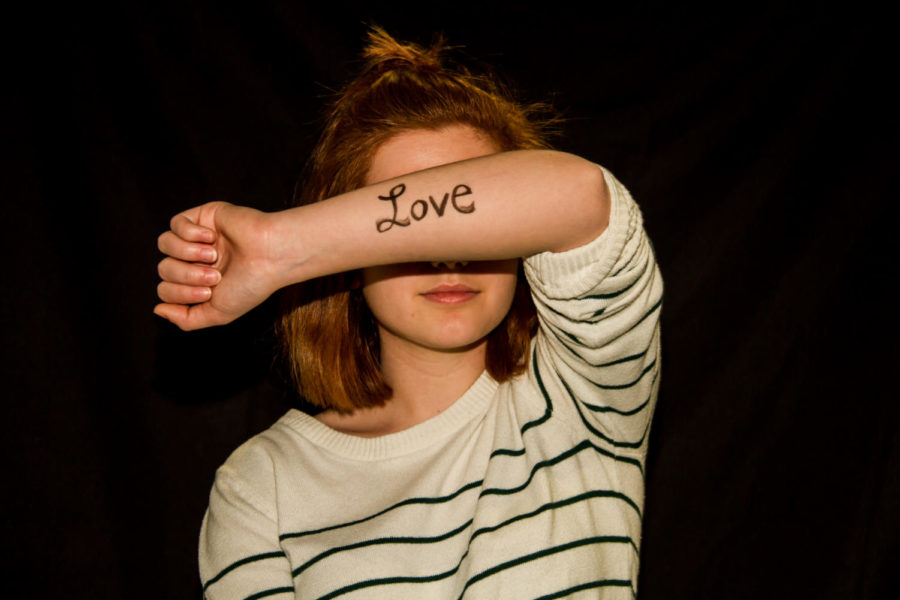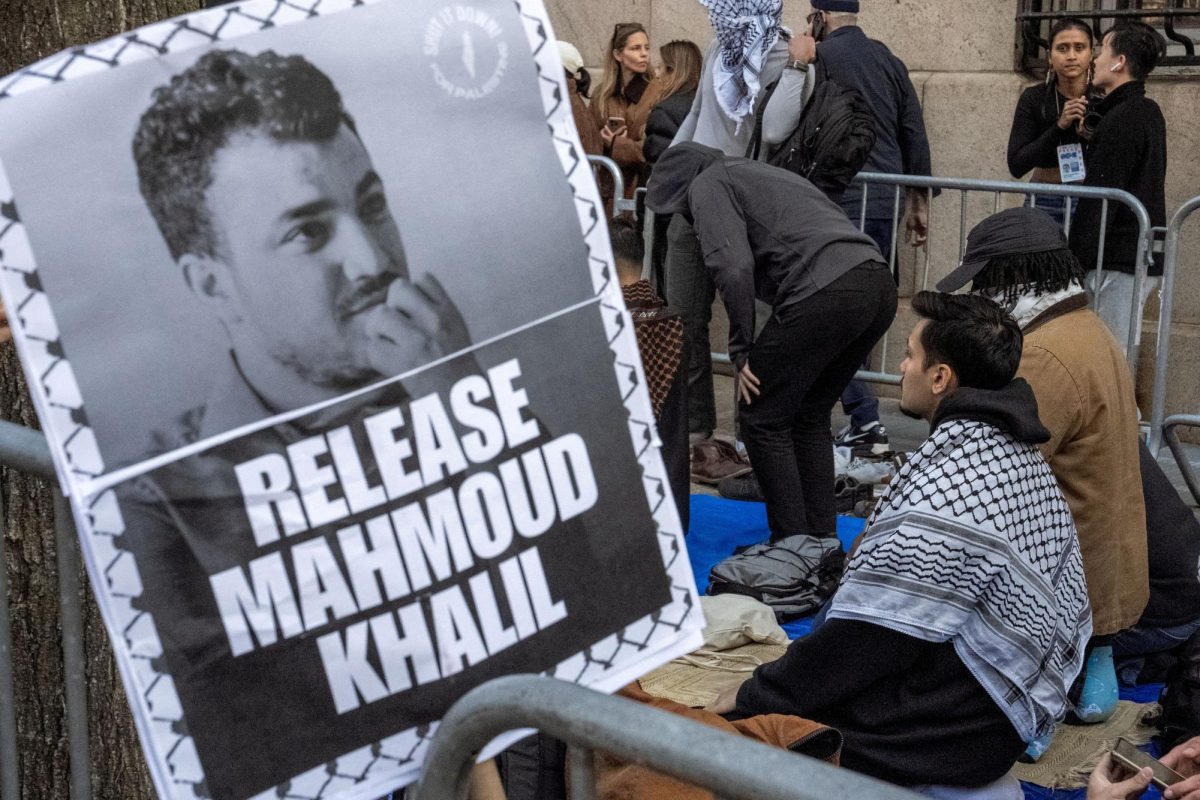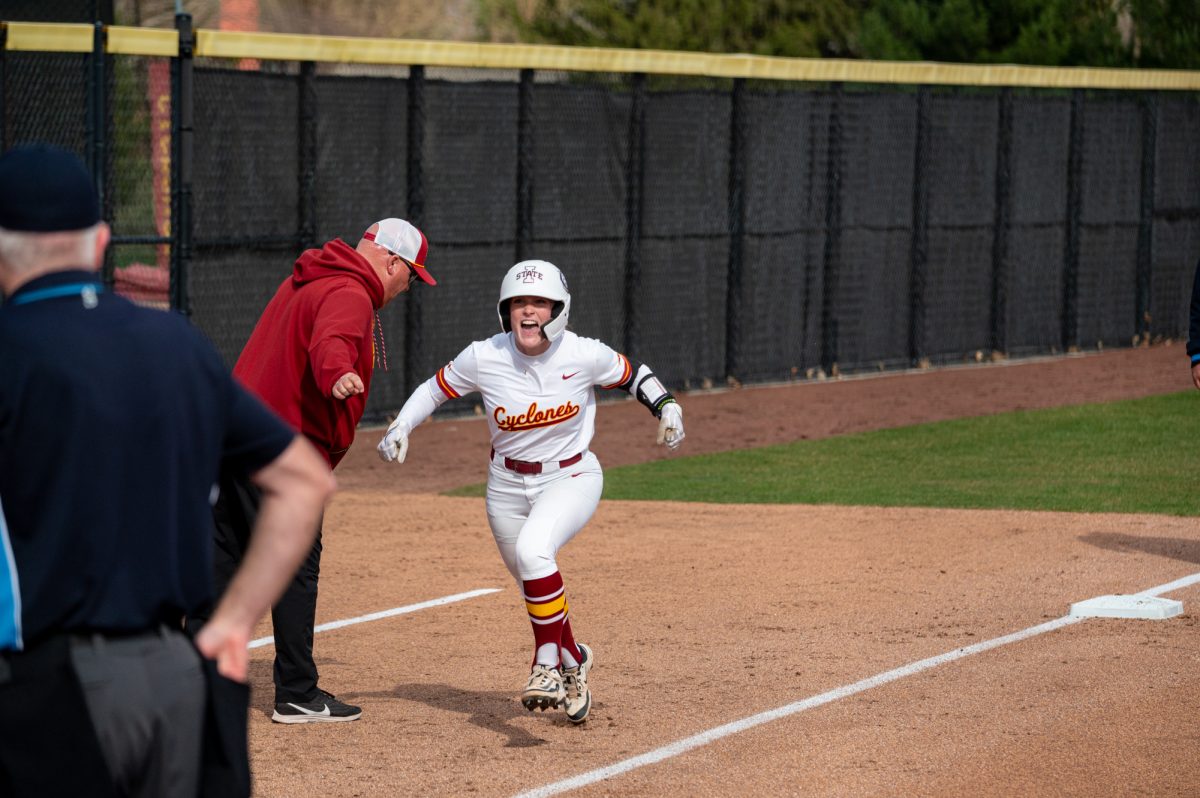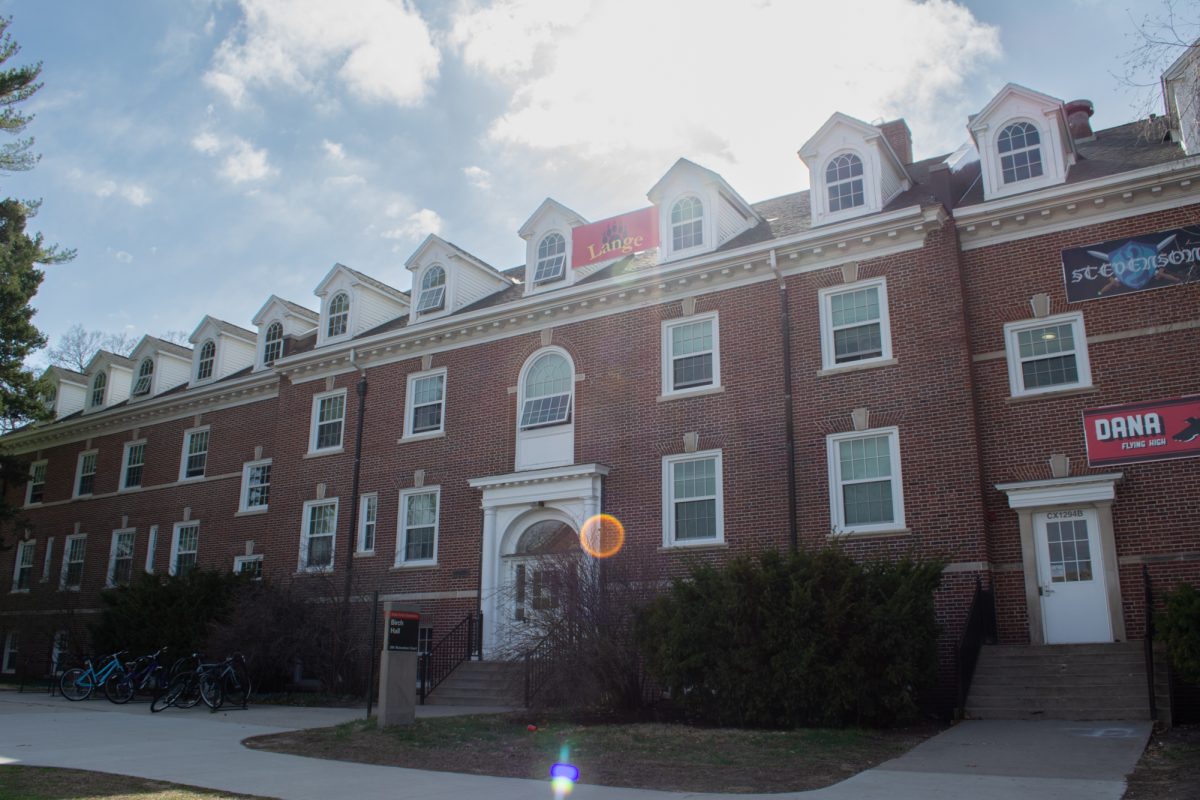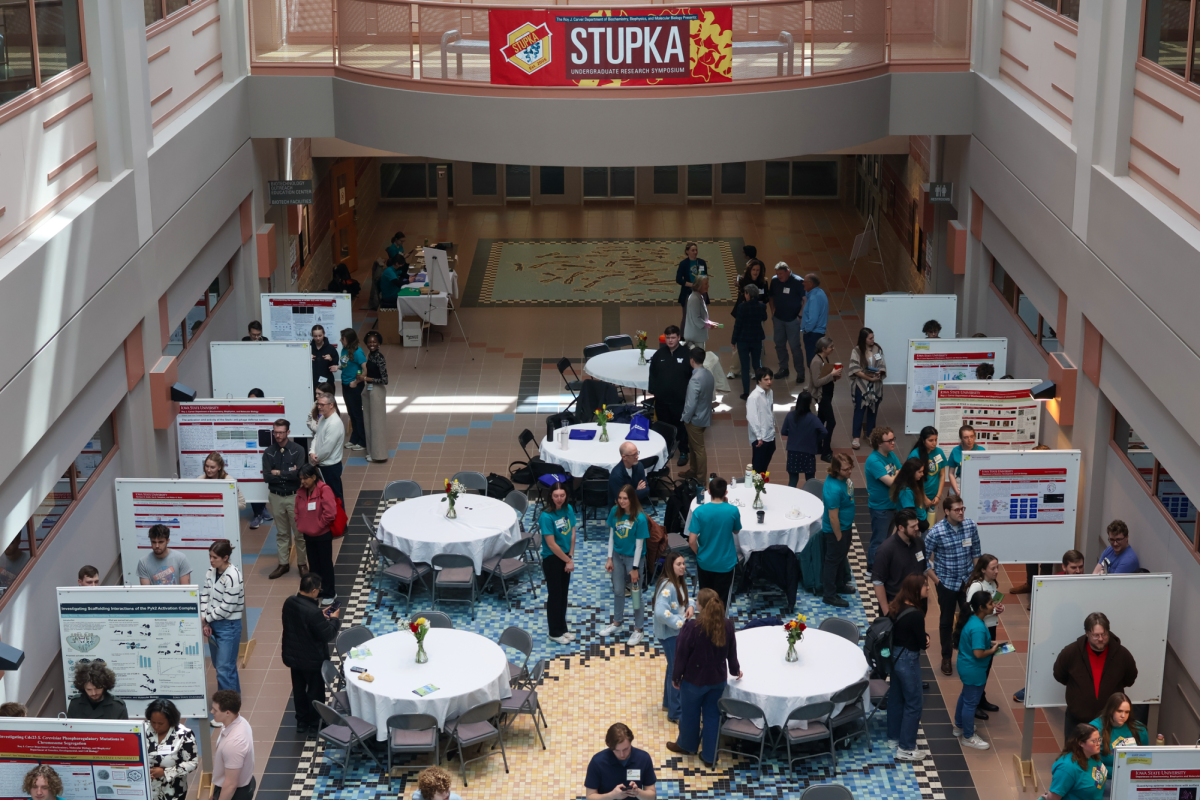New student organization works to address mental health stigma
March 1, 2016
Her voice begins to quaver and she apologizes swiftly for the break in it. However, she isn’t ashamed of her words or of her story. It’s her life.
Savannah Findley, sophomore in child, adult and family services, was diagnosed with depression and anxiety in the fall semester, and as of recently, she stopped self-harming, a matter she has dealt with since the sixth grade.
Haylee Flint-Baker, freshman in child, adult and family services, shares her story as well. Her story is one that used to be discussed in hushed voices, pushed to the side and ignored because of the stigma associated with mental health, which is not well understood in her small town.
Her high school classmates used to go to her for advice on how to deal with their depression and anxiety, mainly because she had been dealing with her own depression and anxiety since she was diagnosed at only 10 years old.
She also battled an eating disorder and described self-harm as a big issue in her life. Her biggest problem, however, was with the counselors she went to and the way the topic was strictly discussed behind closed doors.
Justin Bond, senior in nutritional science, saw the deaths of his grandpa, his best friend’s dad, his teammate — all by suicide. It’s a cause that has warranted him to become active in the issue, joining several student organizations on campus such as the Student Awareness Organization and the National Alliance for Mental Illness (NAMI).
Bond, Baker and Findley recently joined one of the newest organizations on campus: To Write Love On Her Arms (TWLOHA).
TWLOHA, a national non-profit organization that advocates for those struggling with depression, addiction, self-injury and suicide, works to encourage, inform, inspire and invest in treatment, according to its website.
The organization wants to present hope and find help, something three ISU students also sought to do when the idea to localize the chapter to the ISU campus formed in their minds.
Natasha Doiel, senior in psychology; Chloe Lundquist, senior in dietetics, and Julia Herrin, junior in psychology, went on a volunteer trip last January with Alternative Breaks and realized how heavily invested they all were in the topic.
“We started looking to what it would mean to bring a chapter to Iowa State, so we started that in March of last year [and] we finally got the go-ahead from Iowa State and the national organization at the end of December,” Doiel said.
Doiel, who is president of the TWLOHA Iowa State chapter, described several challenges that she, Lundquist and Herrin faced turning their idea into a reality.
Jumping through the national organization’s and Iowa State’s hoops, Doiel, Lundquist and Herrin had to make a video about why they wanted to start the chapter at Iowa State and why they felt Iowa State was unique, along with other general application procedures.
Once they got the national go-ahead from TWLOHA, the executives had to get approval from Iowa State, which included going through training with Student Counseling Service on mental illness, along with how and when to refer.
“We worked really hard for a really long time to get it here,” Doiel said. “And we’re really excited to finally be going forward with it.”
The chapter currently has 12 members, according to the student organization’s page. Meeting at 5 p.m. every second and fourth Wednesday of the month, the group resides in room 298 of Carver Hall.
The group completed its third meeting Wednseday, where members discussed body image awareness for National Eating Disorders Awareness Week. They led an open discussion on how people handle their disorders and talked about personal experiences and how the information made them feel.
The chapter made valentine cards in a previous meeting that were handed out in front of Parks Library, featuring quotes such as, “small steps everyday,” and, “even your worst days have 24 hours.”
For Tuesday, self-injury awareness day (SIAD), the group made ribbons to pass out around campus.
Orange and white ribbons are the colors dictated to the awareness ribbon, which promotes awareness and support of those who self-harm.
SIAD has occurred annually March 1 for the past 16 years and is an international event recognized across the world.
Meaning exactly as it sounds, self-injury is any form of hurting oneself on purpose. This can include anything from cutting oneself with a knife, burning oneself or pulling out hair, according to NAMI.
“I would say injuring yourself intentionally with cause, in place of a healthy coping mechanism,” Lundquist said. Self-harm could even include getting tattoos.
While not a mental illness in itself, self-harm is associated with borderline personality disorder, depression, eating disorders, anxiety and post-traumatic distress disorder, and is a sign of emotional distress. It often occurs in one’s teenage and young adult life.
TWLOHA hopes to remove the stigma heavily associated with mental illness by opening the dialogue about the topic and educating others, along with being a non-judgmental outlet and resource to students.
“College is a really stressful time, obviously, and I think everyone’s away from home and away from things they’re accustomed to, and then in addition to stress, a lot of people are dealing with things,” Doiel said.
Doiel also said a lot of people don’t know where to go or if anyone is feeling the way they are, and she feels it’s important to get the word out and let people know they are not alone.
Suicide is the second leading cause of death among youth between the ages of 18 and 24. Bond said the leading cause of suicide is depression, specifically untreated depression.
“There’s this statistic that depression affects more people than diabetes, cancers and AIDs combined. But it’s not something that you really hear about. You only hear about mental illness after a suicide or if there is a shooting, and there’s that stigma that ‘Oh, that person has mental illness,’” Bond said.
“I feel like the more awareness we bring, the more people we can help,” Findley said.
For the future, the organization hopes to get its name out there and become known across campus. TWLOHA hopes to do this through fundraising, bringing in speakers, going out to the free-speech zone, talking about stereotypes and much more.
These ideas include spreading suicide awareness by putting flags around campus with suicide statistics and an open-mic night, or “hope and mic” night.
Bond is most looking forward “getting the discussion out there.”
“Obviously, no one wants to have depression, self-harm, addiction or any of those things,” Bond said. “We don’t want that. We don’t want to be a place that prevents it, but we understand that it’s not an easy process, you can’t just flip a switch.”
Ultimately, TWLOHA stressed that the most important thing it does is present hope.
“I just want to help [people] who have been through what I have, [and] let them know that there is help for them and things do get better,” Findley said.


